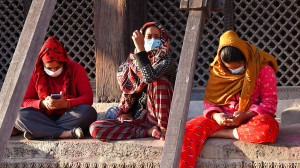Editorial
Digitising economy
Nepal can expand digital payments by lowering costs and strengthening security.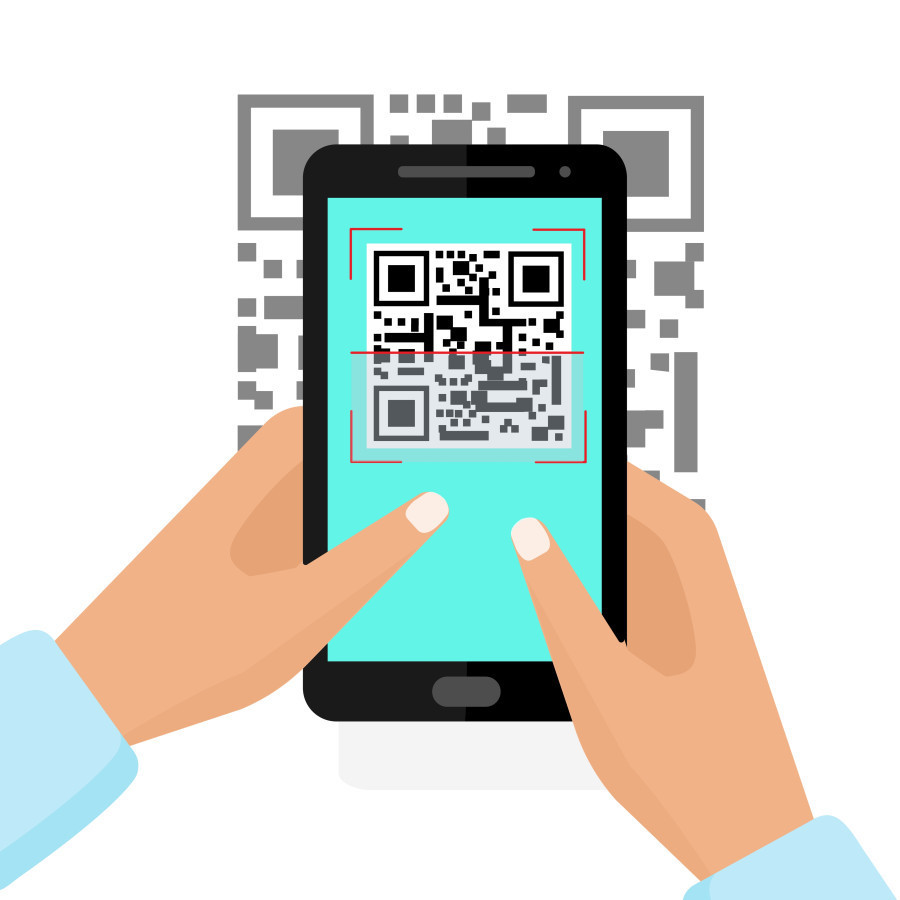
The days when Nepalis had to wait in long queues at banks to deposit or withdraw cash, or to pay electricity, water, telecom and movie ticket bills are long gone. Once regarded as convenient methods for transactions and alternatives to cheques, even the ATMs have now lost their popularity. Digital payments have stolen the show, with even a small vegetable seller now using Quick Response (QR) code payment systems. Year-on-year transactions through QR increased by 103.66 percent and rose to Rs499.79 billion in the last fiscal year.
Thanks to the Covid-19 pandemic, Nepal’s shift from a cash-based to a more cashless society accelerated. Before the pandemic, ATM usage in Nepal grew steadily from 5.54 million users in the fiscal year 2018-19 to 6.70 million users in 2019-20 (21 percent growth), whereas post-pandemic, after an initial rebound to 10.85 million users in 2021-22 (22.8 percent growth), it slowed significantly to 12.89 million users in 2023-24 (only 5.3 percent growth), as digital payments gained popularity. The use of cheques also declined in 2022-23, with the number of cheques presented dropping by 8.97 percent from 16.72 million in 2021-22 to 15.22 million. These trends again highlight the preference for e-transactions.
It is essential to recognise that these e-transactions are primarily urban-centric, far from inclusive and are yet to reach many people in rural areas. Even in urban settings, it is mostly the middle-class and upper-class individuals who most enjoy these facilities. What’s more, data and internet costs hinder many from using digital transaction methods. According to the Connectivity in the Least Developed Countries Status Report 2021 prepared by the United Nations Trade and Development (UNCTAD), in 2020, Nepalis spent 2.6 percent of their gross annual income on internet services, while their South Asian counterparts paid less than 1 percent. There is also a paucity of strong e-commerce laws to tackle the challenges brought about by artificial intelligence and cybercrimes, adding to the insecurity around online payments. A large section of the society is also unaware of how to use these digital payment systems, as a result of which a significant number of transactions still happen in cash.
There is plenty of scope for expanding digital payments in Nepal by lowering transaction costs and strengthening cybersecurity. Launching e-awareness as well as prioritising the development of digital public infrastructure could be as useful. There are still other ways to add to the popularity of digital payment systems: subsidising cyber and data centres in rural areas, reducing mobile data costs, or making them free during e-payments. Digitisation of industries benefits not only the people but also makes the economy more efficient. For instance, when the Nepali telecom companies began online mobile recharge services in 2017, it saved money that would otherwise have been spent on printing physical recharge cards.
Given the many benefits of digital payments, our planners and policymakers should also be mindful of the country’s rather ambiguous policies on online transactions. The government introduced 13 percent VAT on digital transactions for this fiscal year, only to refund 10 percent of the tax on transactions made at bars, restaurants, hotels, lodges and guesthouses. Why give with one hand and take from the other, adding to the confusion around the e-economy? With a boom in digital payments anticipated for 2025, there must be a greater effort to make them robust and cost-free through every possible means.




 19.12°C Kathmandu
19.12°C Kathmandu
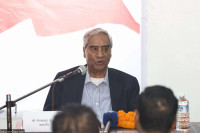
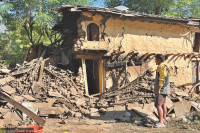
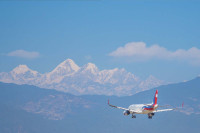




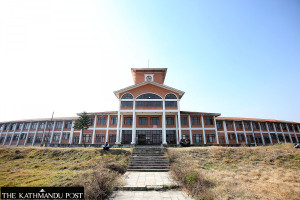

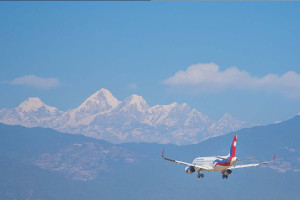


%20(1).jpg&w=300&height=200)

